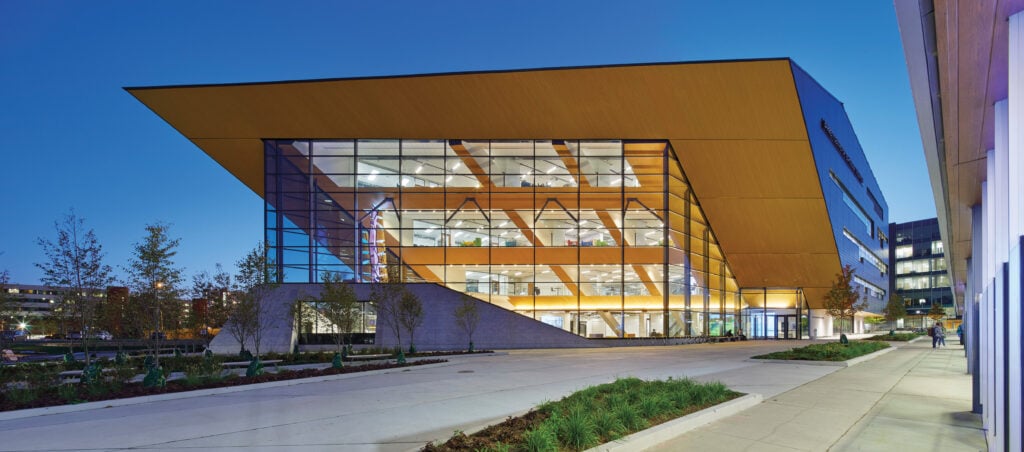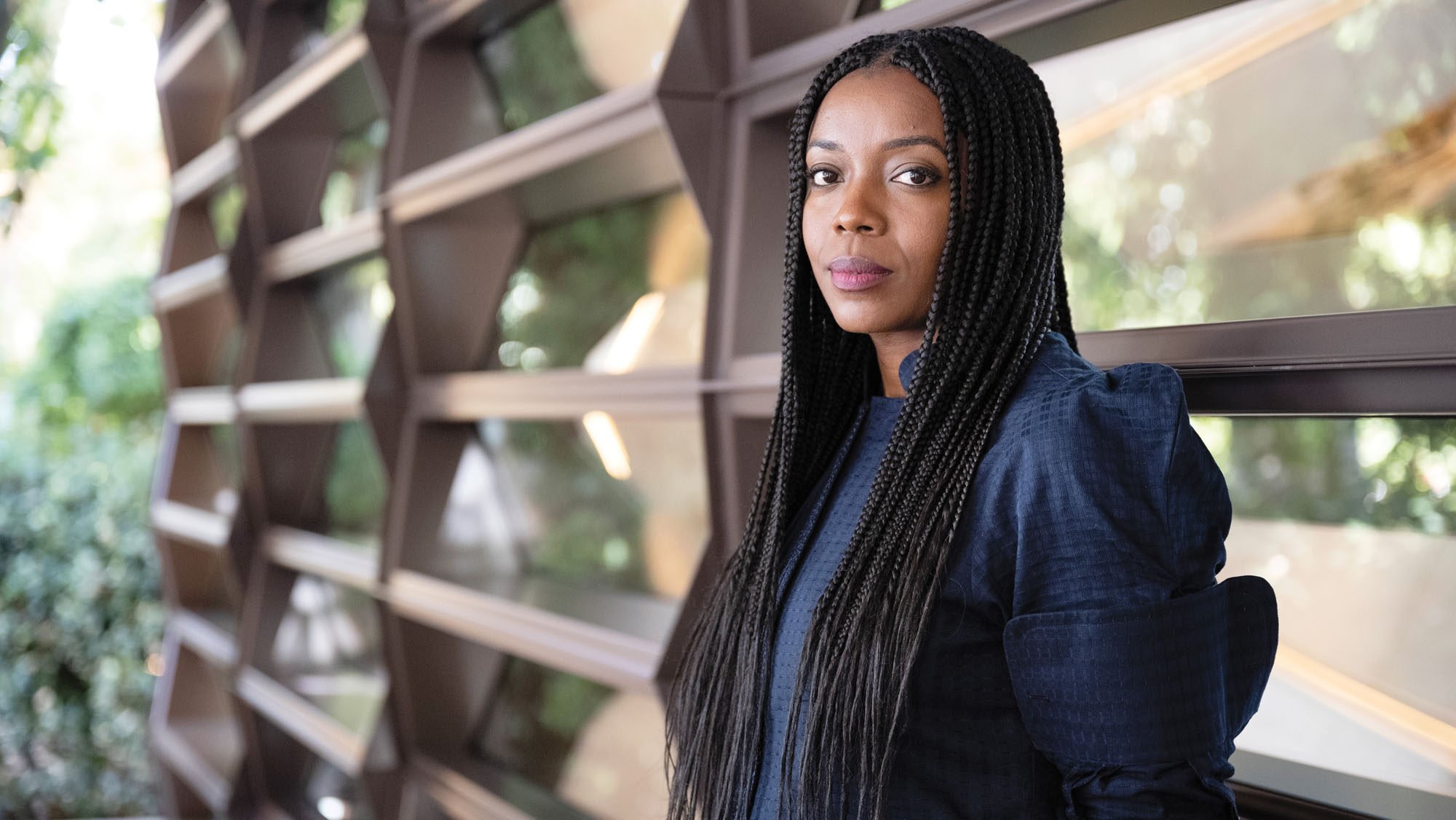
April 27, 2022
Mariam Kamara Could Profoundly Change Design Pedagogy Everywhere
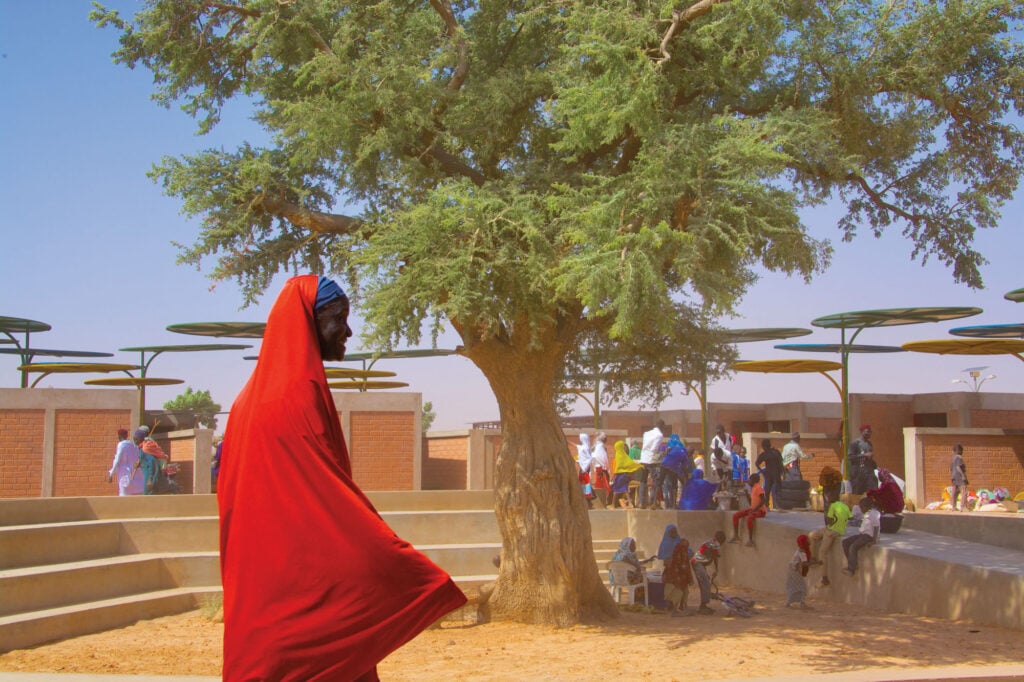
HER MAJOR INFLUENCES
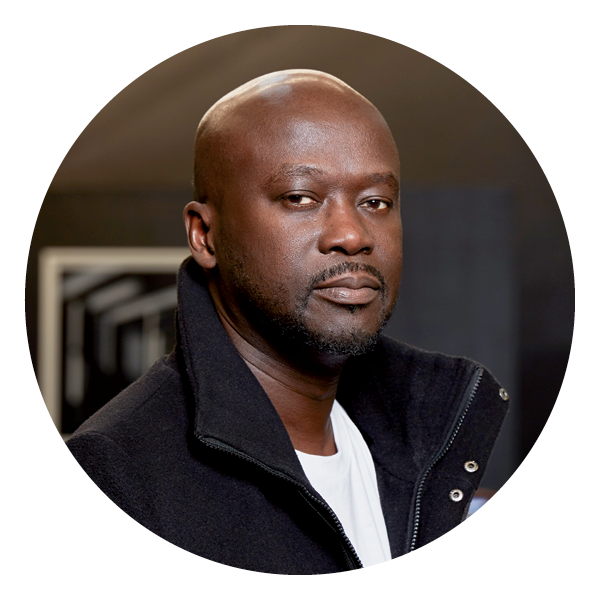
As part of the Rolex Mentor and Protégé Initiative, Adjaye advised Kamara as she designed a new cultural center for the city of Niamey, Niger.
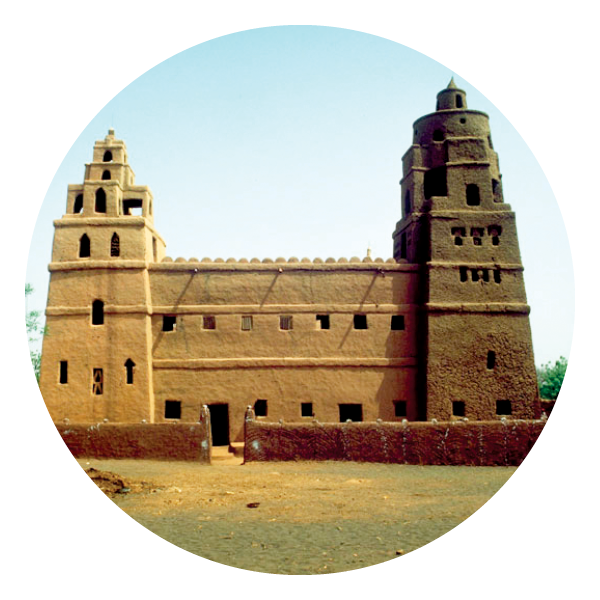
Award-winning Nigerien architect whose mosque in Dandaji, Niger, Kamara converted into a library in 2018
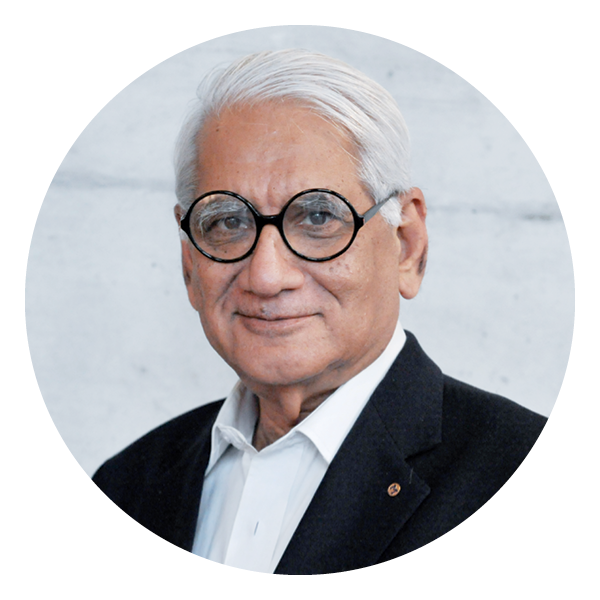
The late Indian architect and urban planner adapted Modernist tenets to complement Indian topography and building styles, the way Kamara aspires to.
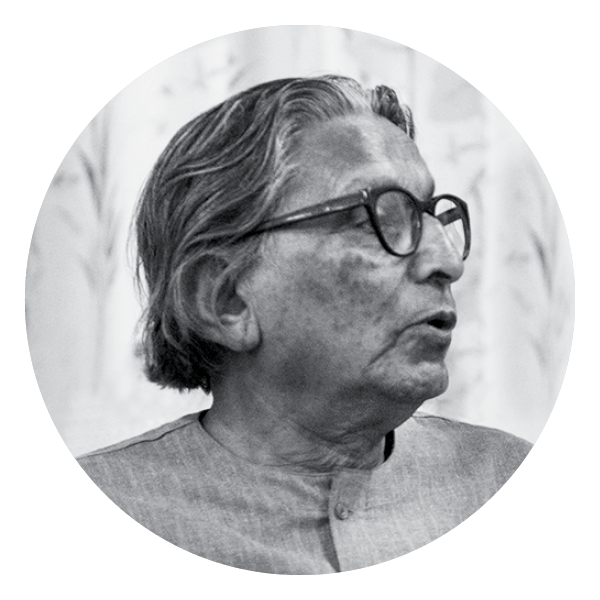
The first Indian Pritzker Prize laureate, and looked to for his skill in adapting Western principles in ways that suit his home country.
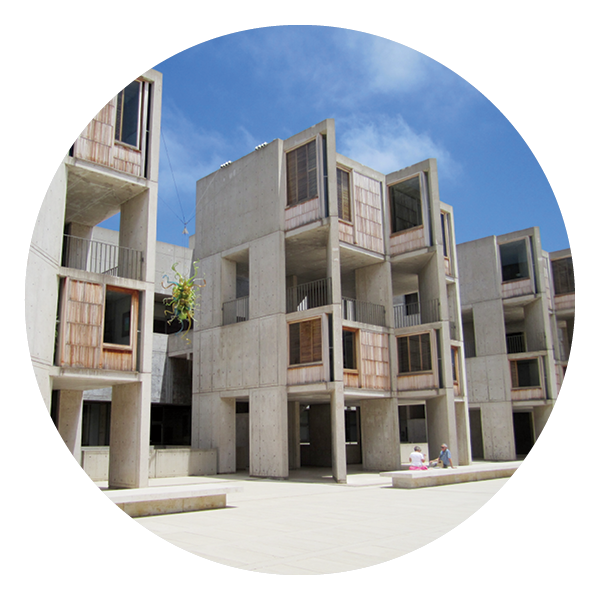
“He tried to do more of a translation of local traditions than an imposition of Western architecture,” Kamara says.
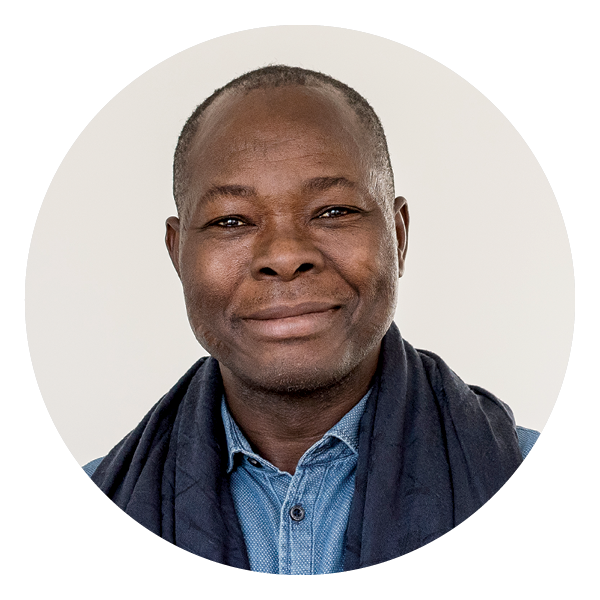
The 2022 Pritzker Architecture Prize laureate and winner of the Aga Khan Award for Architecture is an evangelist for local materials and an innovator of his own earth building technique, which inspired Kamara’s use of compressed earth blocks (CEB).
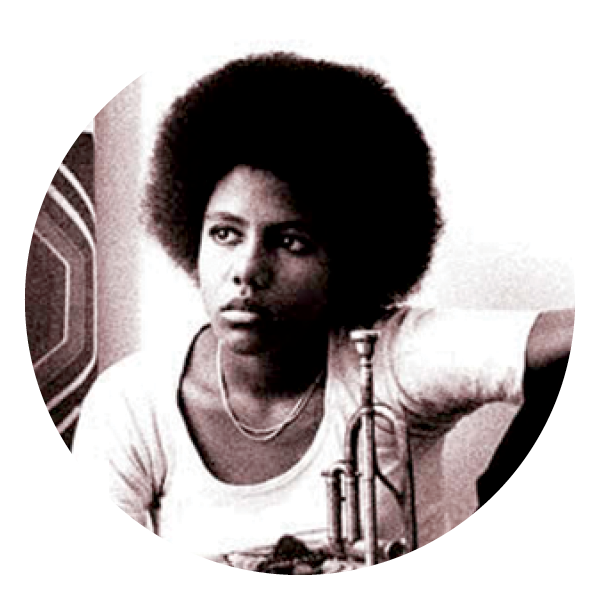
The African Futures Institute (AFI) chose Kamara in 2021 to deliver its Alero Olympio Memorial Lecture, named after the architect who left a legacy of Ghanaian buildings and sustainable practices after her death at age 46 in 2005.
To help correct it, last fall she created a ten-student studio at Harvard’s Graduate School of Design (GSD) called “Designing for the DNA of a Place,” to teach a groundbreaking process for visualizing architecture in places where you happen to be an outsider. The very existence of this course may signal a tidal shift, due partly to its Ivy League home and partly to Kamara’s rapidly expanding influence. “We focus so much on the built result. I wanted these students to focus on process, ethics, and the implications of our work,” she says.
To expose students to the inequities of the architectural canon, Kamara asked them to design speculative projects for a Boston-area site, informed by the region’s Indigenous influences. A key challenge, she points out, is that Indigenous precedents—which she describes as being part of North America’s DNA—are often missing or inaccessible because a colonial value system encourages students to ignore them. Students spent weeks working through this kind of intense research, which Kamara uses in her own projects. The assignment was meant to widen students’ references and teach avoidance of the usual models, which represent a singular colonial point of view.
Kamara contends that the reading list to support this new approach has yet to be written, but her curriculum does fit with a growing school of thought—and with direct calls to action—to decolonize architectural education and the archives that sustain it.
Mabel O. Wilson, Columbia Graduate School of Architecture, Planning and Preservation (GSAPP) professor, for example, took on the Museum of Modern Art in New York City for defining and canonizing Modern architecture to the exclusion of Black architects in “White by Design,” an essay she contributed to the 2019 volume Among Others: Blackness at MoMA by Charlotte Barat and Darby English. “Modern architecture builds the world for the white subject, maintaining the logics of racism while also imagining a future world in which nonwhite subjects remain exploitable and marginal,” Wilson wrote in that essay. “The power of the architecture and its archive is to produce ‘whiteness’ by design.” MoMA’s architecture and design department finally acquired its first work by a Black designer (Charles Harrison) in 2016.
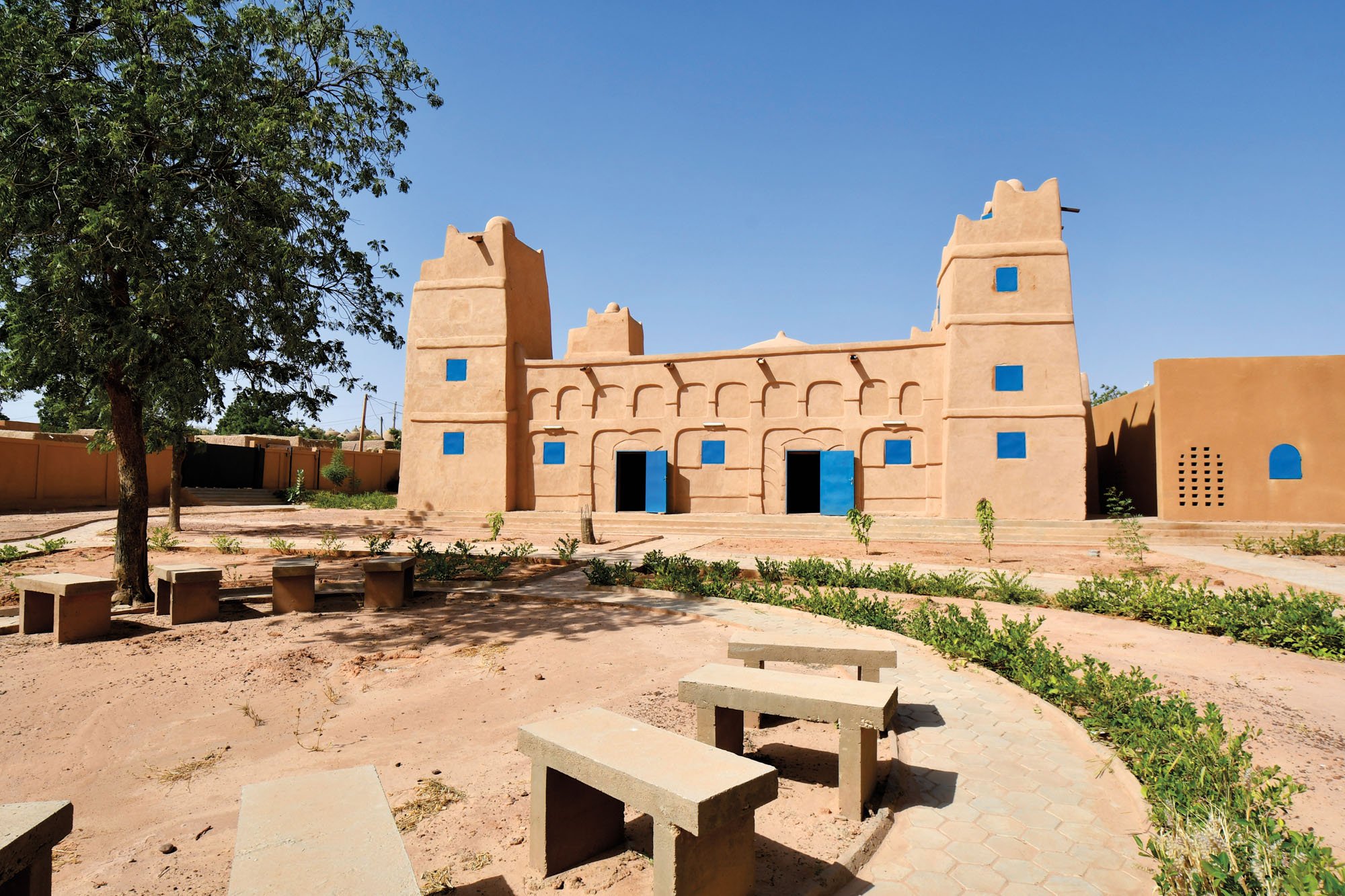
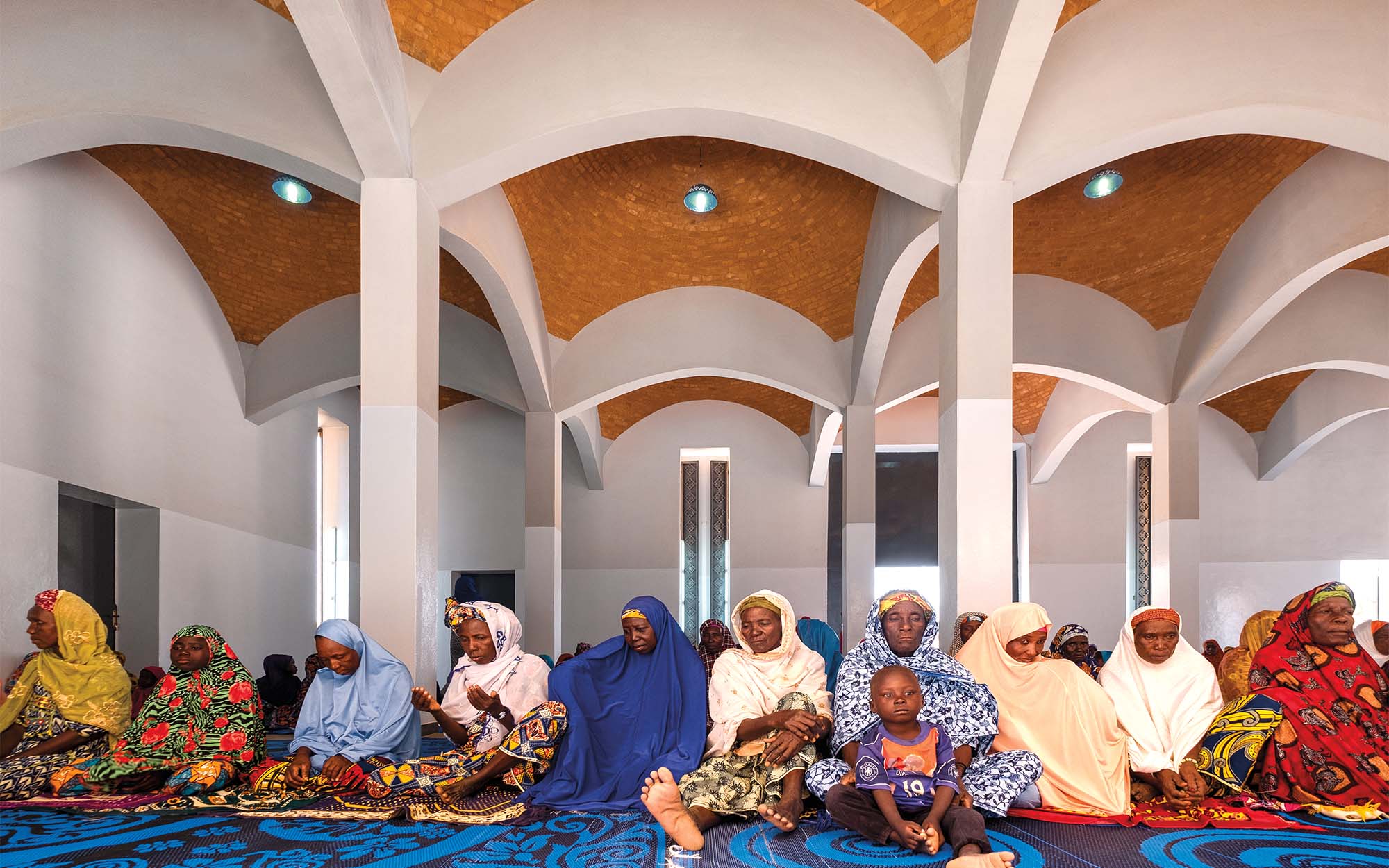

Likewise, Neal Shasore, head of school and chief executive officer for the London School of Architecture, has spoken out in favor of decolonizing the study of architecture. The editor of the Parisian magazine The Funambulist, Léopold Lambert, recently said, “No other discipline is better at implementing settler colonialism.” And a group of faculty and students at Keele University in the U.K. published an 11-point “Manifesto for Decolonising the Curriculum” in 2018.
Kamara says the idea to offer her critique in the form of a studio at one of the world’s most prestigious training grounds for architects came to her gradually, like her own professional growth. Memories of her childhood spent partly in the Sahara, an hour’s drive from a 15th-century town distinguished by the indelible profile of its earthen adobe architecture, served as an antidote to her own feelings of alienation when she realized how little teaching time was being devoted to the history of places other than Europe. “Studying in the U.S., I was constantly being asked to unlearn what I knew to be true,” says Kamara, who earned her MArch in 2013 from the University of Washington College of Built Environments.
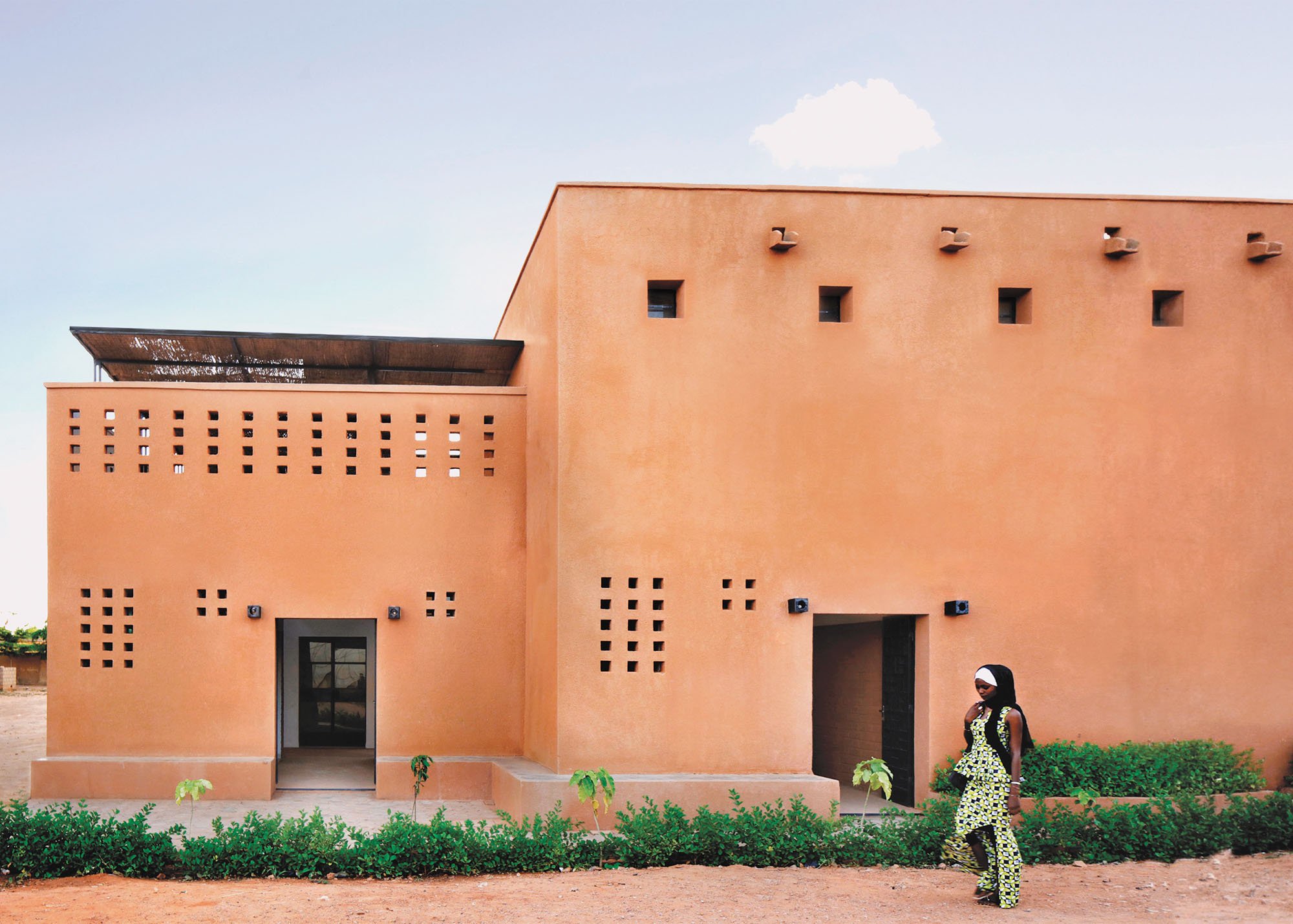
After graduating, she launched her firm in 2014. Her stint as David Adjaye’s mentee in the 2018-2019 Rolex Mentor and Protégé Arts Initiative provided additional exposure. A recent announcement that she is part of a team handling high-profile commissions for Liverpool’s Canning Dock that includes Adjaye, U.K. architect Asif Khan, and American artist
Theaster Gates has expanded her business. She expects her staff, which has grown from four people to 12 in the past year, to double again. Meanwhile, she plans to open a new office in New York to handle furniture design, competitions, and other work. Projects on the boards include sites in Senegal, Liberia, Ghana, and the Middle East. “We’re in a lot of invited competitions, which was not the case before,” she says.
Increasingly working outside her comfort zone of Niger prompted Kamara to query what kind of design might be appropriate and ethical for an outsider to propose. “What is my place here?” she asks. America is a perfect place to start teaching that process because it’s the “perfect colonial project,” she says.
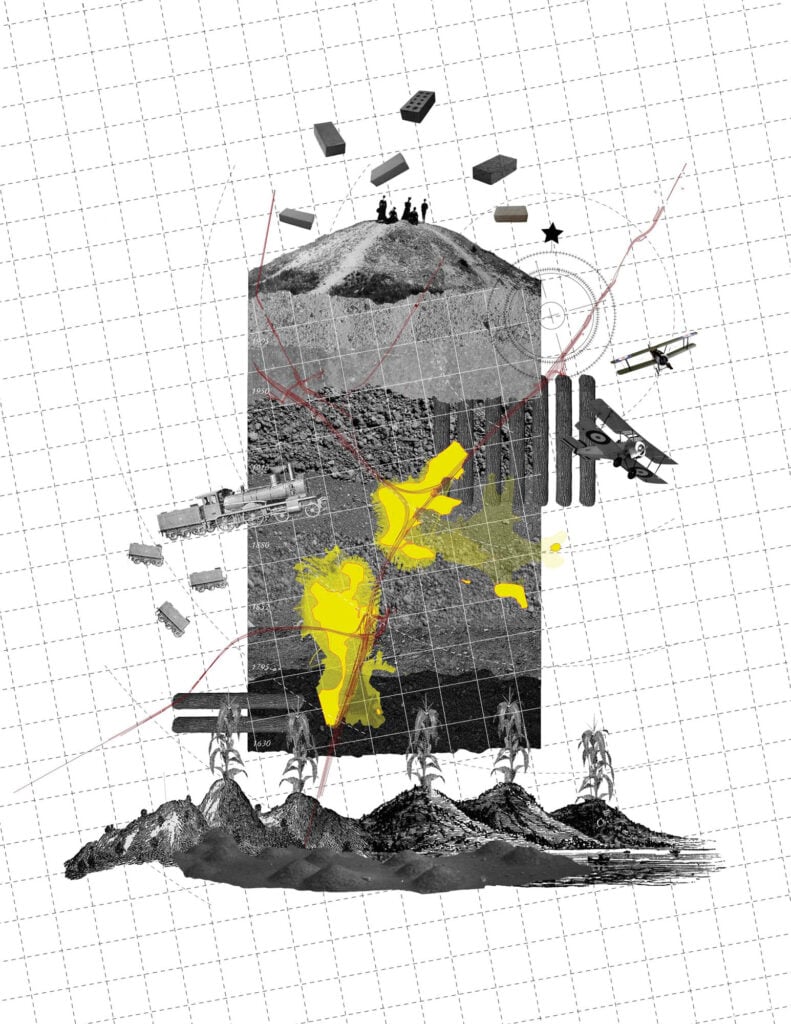
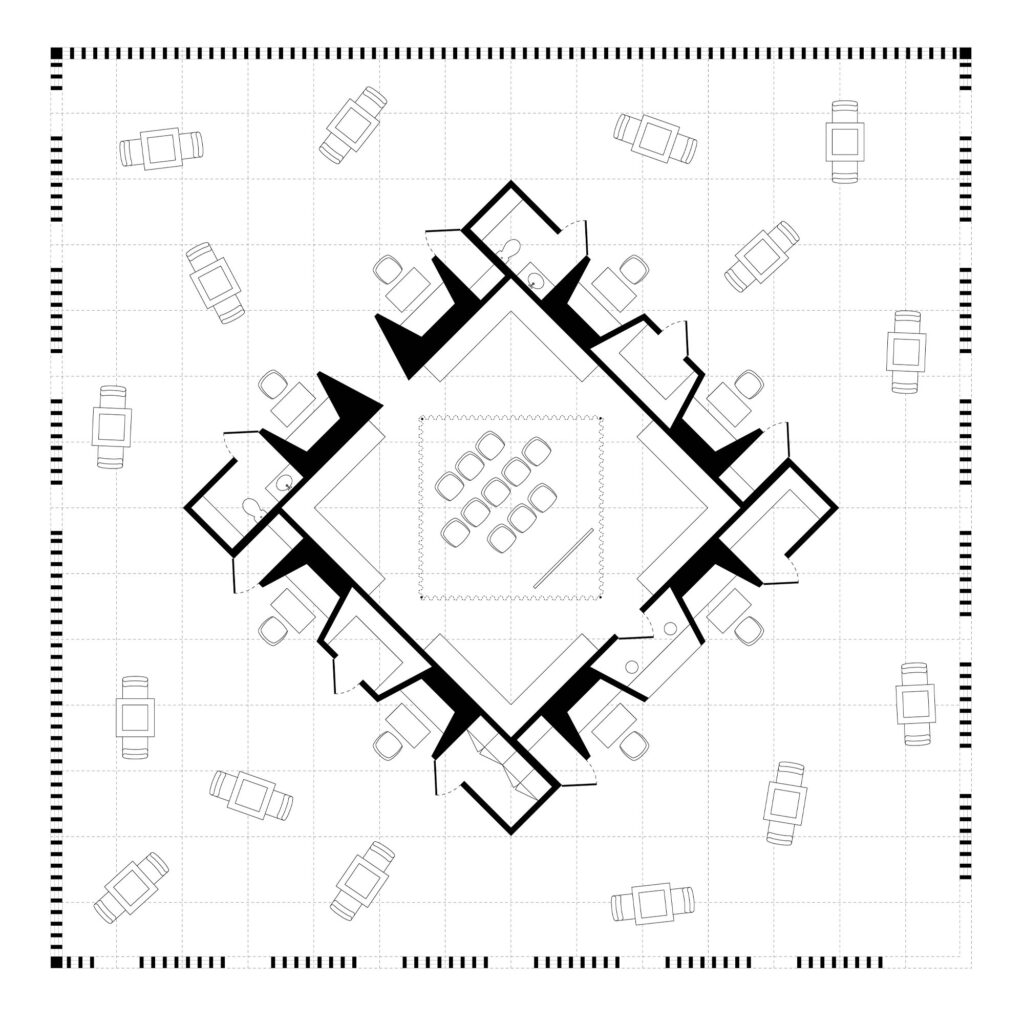

Kamara’s new scholarship is also on tour: She has embarked on a series of lectures hosted by MIT, Columbia University GSAPP, the African Futures Institute in Ghana, and Harvard GSD, each time addressing glaring omissions in things like the foundational timeline of milestones in ancient Africa versus Europe.
“That [view] dismisses the rest of the world as faraway places that have only sometimes provided us with beautiful but primitive structures, while Western buildings are the ones worthy of true regard,” Kamara says. “Suddenly, we can’t imagine designing without concrete, wood, glass, or steel. Yet these are far from being universally used around the world.”
There are few better ways to indoctrinate the new generation of architects than to inject this critical mindset into the curriculum of an Ivy League university that serves as a main artery of the profession, infusing it with newly minted practitioners from all over the globe.
“This was one of the few courses they were offering that centered on the idea of architecture playing a role in deep social issues that are happening today,” says one of Kamara’s students, Kathlyn Kao.
“It talked about this unique research methodology, which I hadn’t encountered before,” says another GSD student, Thomas Kuei, recalling why he decided to register for the class. “We had to stay aware that the data we looked at wasn’t depicting the actual history of a space. . . because it was written by non-native people. We’d read multiple accounts of the same history to make our own [conclusions] about what an accurate history could be.”


Harvard GSD teaching assistants Thomas Kuei and Kathlyn Kao were one of five teams in Kamara’s studio to develop speculative projects for a site in Boston—now home to an immigrant community—with an earlier Indigenous history. The team’s drawings (this page and opposite) address the immigrant and Indigenous cultures in form, material, program, and more.

THOMAS KUEI
MArch candidate at Harvard University Graduate School of Design
“It’s been super exciting learning to unlearn the way that I’ve been taught…. Just talking to people of a location doesn’t mean you know the location. Talking to local people doesn’t mean you’re getting the full story. You’re only getting a snapshot from when those people entered the scene on that specific location.”

KATHLYN KAO
MArch candidate at Harvard University Graduate School of Design
“I’m doing my thesis about migrants from the Philippines, where my family is from, and I’m hesitant about American architects doing work abroad. Why the Philippines looks like an American suburb is concerning for me.”
Would you like to comment on this article? Send your thoughts to: [email protected]
Related
Products
Autodesk’s Forma Gets You Ahead of the Curve on Carbon
Autodesk Forma leverages machine learning for early-phase embodied carbon analysis.
Products
Eight Building Products to Help You Push the Envelope
These solutions for walls, openings, and cladding are each best-in-class in some way—offering environmental benefits, aesthetic choices, and design possibilities like never before.
Viewpoints
3 Sustainability News Updates for Q3 2024
Policy initiatives are gathering momentum as the federal government and building sector organizations align their expertise under the umbrella of the Inflation Reduction Act.




